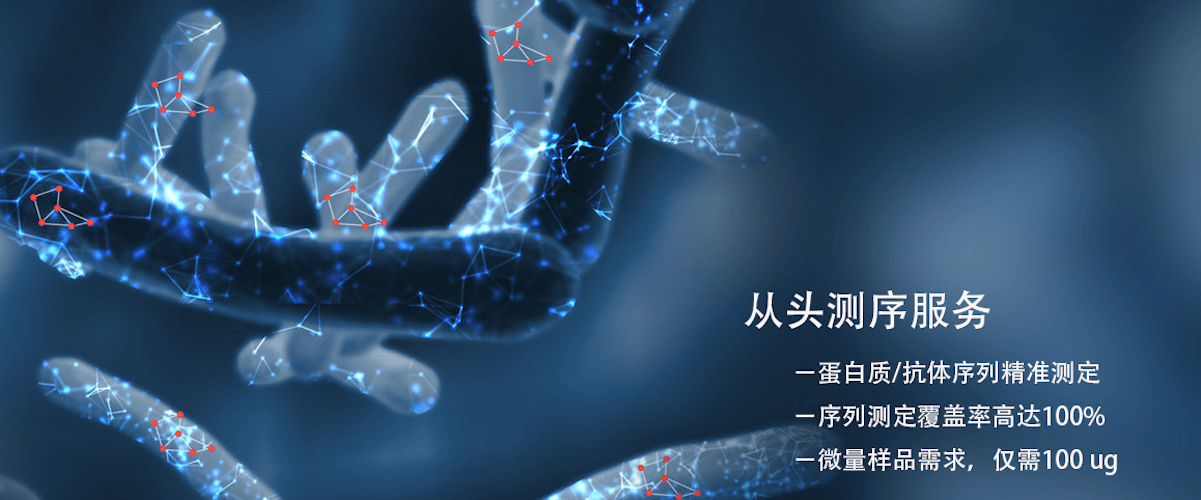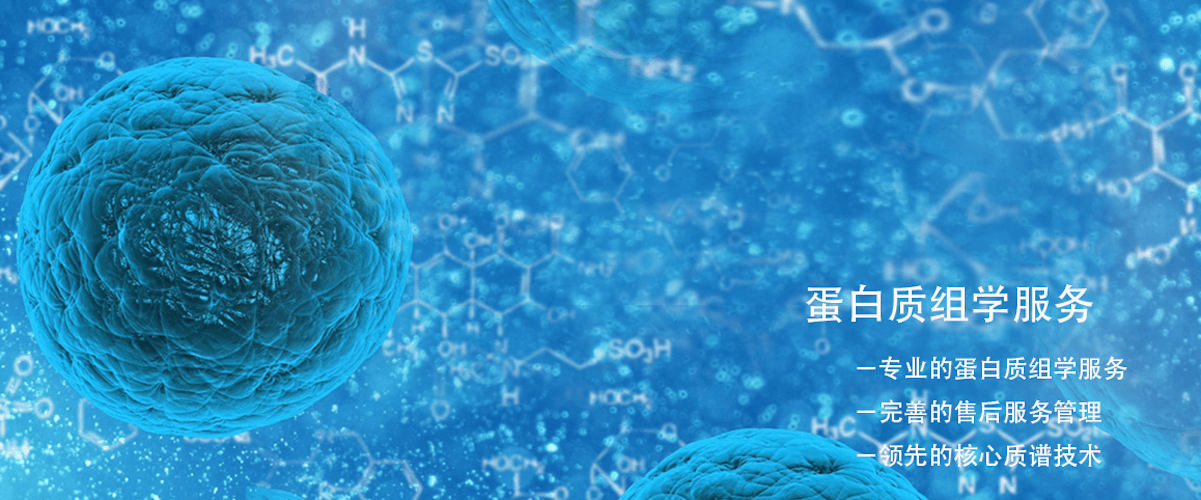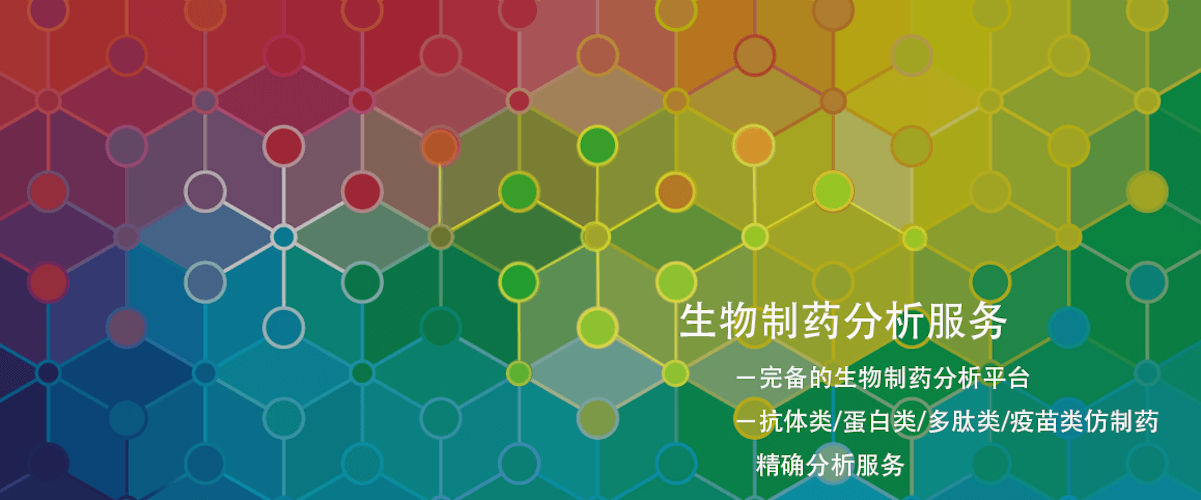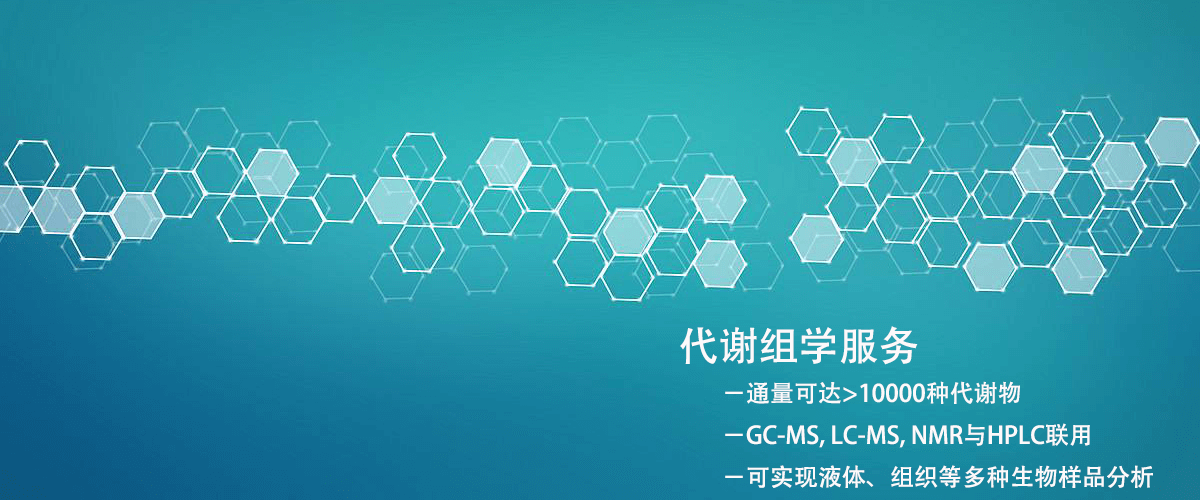How should single-cell sequencing data be analyzed?
When performing single-cell sequencing data analysis, the following steps are typically required:
1. Data Preprocessing
Quality Control: Check the quality of the sequencing data and remove low-quality reads.
Noise Reduction: Remove noise from the sequencing data, such as sequencing errors or false positives introduced by PCR amplification.
Alignment: Align the sequencing reads to a reference genome or transcriptome to identify the origin of each read.
Feature Extraction: Extract features from the aligned reads, such as gene expression levels.
2. Data Standardization and Normalization
Standardization: Standardize the features of each cell to eliminate technical differences between cells.
Normalization: Normalize the expression values of each gene to eliminate expression level differences between genes.
3. Cell Clustering
Use clustering algorithms to group cells into different clusters, with each cluster representing a cell subtype or state.
Common clustering algorithms include k-means, hierarchical clustering, DBSCAN, etc.
4. Cell Type Annotation
Compare each cell cluster to known cell types to determine the cell type of each cluster.
Cell type annotation can be performed using known gene expression patterns or reference databases.
5. Differential Gene Analysis
Compare gene expression differences between different cell clusters to identify differences between cell subtypes or states.
Common methods include differential expression analysis and gene set enrichment analysis.
6. Data Visualization
Use visualization tools to visualize the analysis results for better understanding and interpretation of the data.
Common visualization methods include scatter plots, heatmaps, box plots, etc.
BiotechPack, A Biopharmaceutical Characterization and Multi-Omics Mass Spectrometry (MS) Services Provider
Related Services:
How to order?





